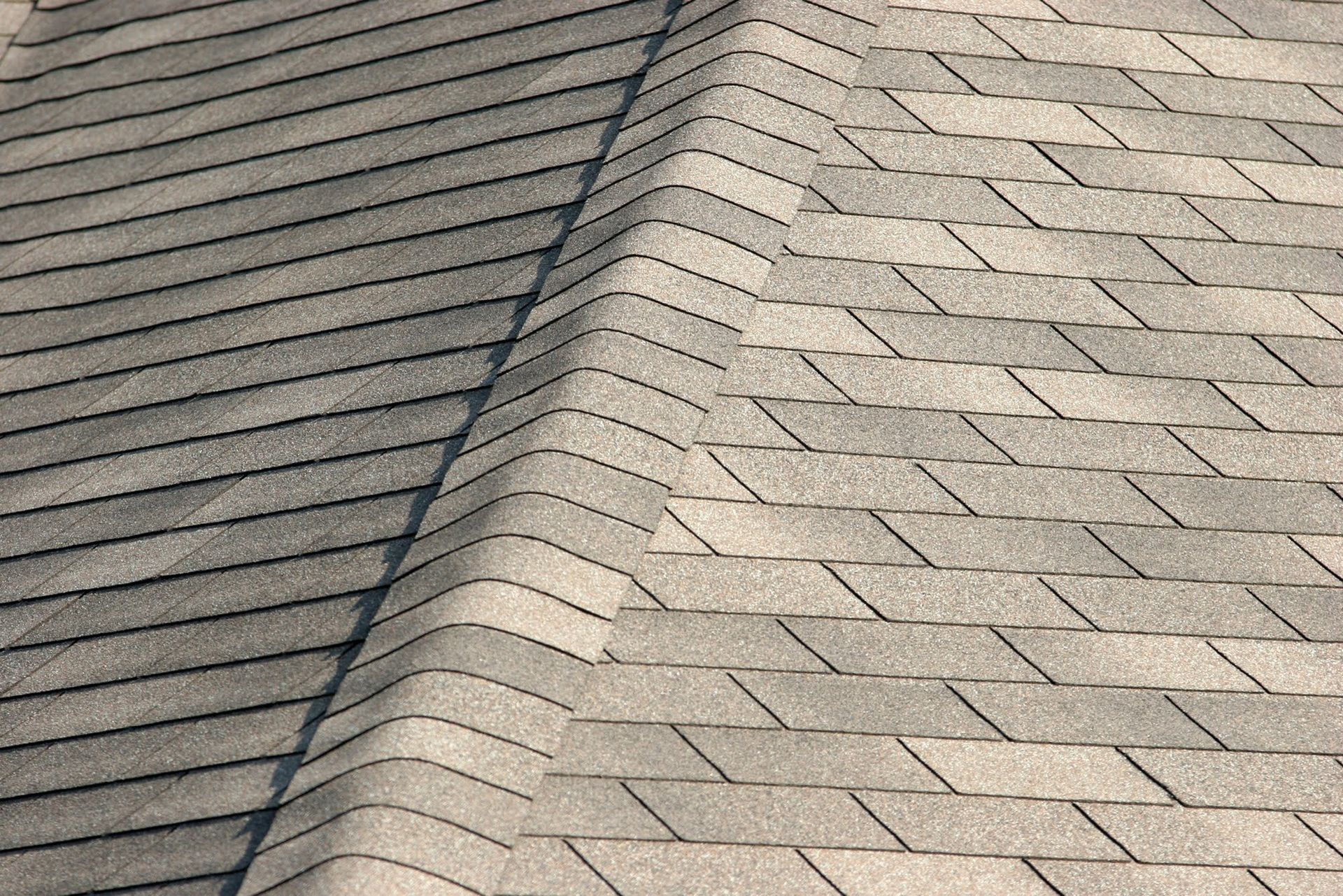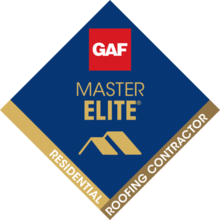Causes of Roof Sagging

Roof sagging occurs when the roof structure starts to sinkor droop. The problem happens when the roof's support system, including beamsand trusses, fails to bear the load upon it adequately. Such causes the roof tobend downwards in the middle, resulting in a noticeable sag or dip. Discoverthe main causes of a sagging roof.
Water Damage
Water damage can contribute to the roof sagging throughvarious factors. Excessive moisture can penetrate the roofing materials when aroof has exposure to strong winds or heavy rain. Over time, this moistureweakens the roof's structural integrity, causing it to sag.
Additionally, the constant exposure to runoff, such aswater flowing from gutters or pooling on the roof surface, can accelerate thedeterioration process. The forceful impact of the water runoff can erode theroof's support structures, leading to sagging.
Furthermore, imperfections in the roof surface canexacerbate the problem. Water can easily seep into the underlying layers ifthere are cracks, gaps, or missing shingles. This can result in the rotting ofthe wooden framework or the accumulation of moisture within the roof structure,causing it to weaken and eventually sag.
Inadequate Roof Joints and Rafters
Roof rafters play a vital role in distributing the weightof the roof evenly and transferring it to the walls of the house. If therafters are weak, undersized, or improperly spaced, they are unable to carrythe load on top of the house safely. This excessive load, which includes theweight of the roofing materials and any additional fixtures or equipment on theroof, can cause the rafters to buckle and bend.
As the roof joints and rafters deteriorate, the structuralintegrity of the roof diminishes. This not only compromises the safety of theoccupants but also increases the risk of roof leaks and further damage to theoverall structure.
To ensure the safe load-bearing capacity of a roof andprevent sagging, construct sturdy roof joints and install properly sized andspaced rafters. Regular inspections, maintenance, and timely repairs canaddress any signs of roof sagging promptly and avoid potentially costly andhazardous consequences.
Inferior Materials
In the initial years, a roof with inferior materials mayappear to hold up adequately. However, as time goes by, the shortcomings becomeapparent. The primary cause of roof sagging is the inadequate strength anddurability of the materials used. Inferior roofing materials lack the necessarytensile strength to withstand constant exposure to weather elements such asrain and wind.
Over time, the inferior materials start to deteriorate,causing the roof structure to weaken. The roofing materials may become brittle,lose their integrity, or even develop cracks. This compromises the roof'soverall structural stability, resulting in severe sagging or even partialcollapse.
To avoid roof sagging due to inferior materials, hirereputable and trustworthy roofing installers who prioritize quality. Investingin high-quality roofing materials may incur higher upfront costs, but itensures the longevity and integrity of the roof, ultimately saving homeownersfrom costly repairs and potential hazards down the line.
Age
Age can lead to the roof sagging due to several factors.First, over time, the materials in roof construction, such as trusses orrafters, can weaken or deteriorate. As these components lose their strength,they gradually begin to bend or sag under the weight of the roof.
Moreover, poor maintenance and neglect can exacerbate theeffects of aging on the roof. Failure to address minor issues like leaks ordamaged shingles can allow moisture to penetrate the roof's structure,accelerating decay and weakening the supporting elements.
JCB Roofing is a team of qualified roofers who can installand repair your roof. Our services are ideal for residential and commercialplaces. Contact us todayto book an appointment.














